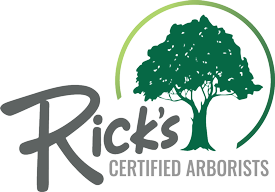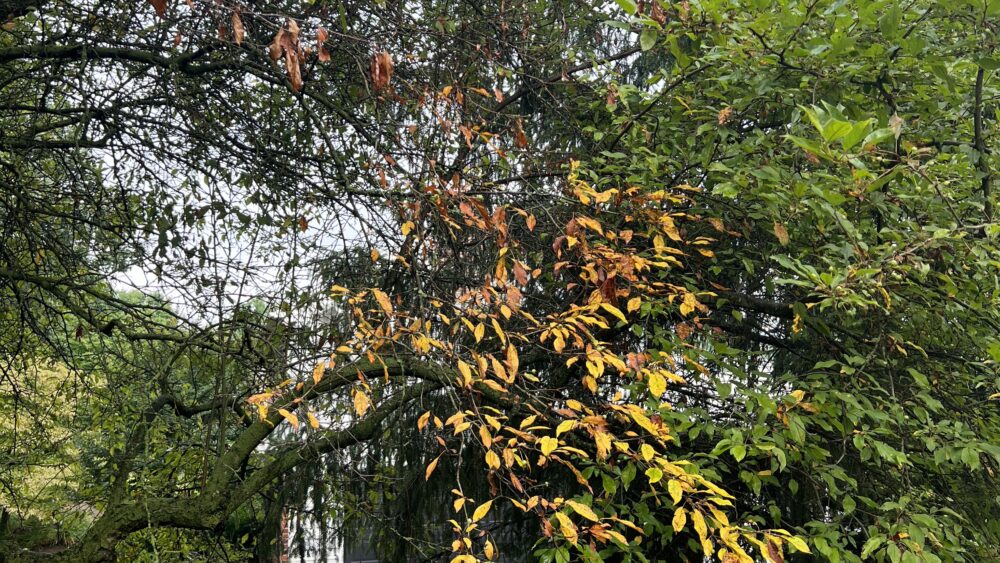Trees are a critical part of our lives, so the least we can do is keep them healthy. If you have pears, apples, or other trees from the rose family in your yard, watch out for fire blight (Erwinia amylovora)!
But what does fire blight look like? If you spot leaves and branch tips wilting rapidly and turning brown or black without falling off, you likely have fire blight. This destructive bacterial disease derives its name from the diseased leave’s scorched appearance and commonly attacks the rose family trees.
Let’s dive deeper for more information about this disease and how to tackle it to ensure long-term tree wellness.
Think You Have Fire Blight? Here’s How to Spot It
This troublesome disease thrives in warm, humid, rainy weather and other environmental conditions that define the beginning of the growing season. You can easily spot it with its distinctive characteristics that include the following:
- Cankers on the tree bark that mimic discolored or wet patches—areas of decayed or dead sapwood usually surround these blights
- Dead or drooping ends of twigs, shoots, or branches (Don’t mistake them for a shepherd’s crook)
- Dead leaves that look burnt
- Blighted flowers and fruit turning brown and decaying
- Weeping wounds
How to Treat Fire Blight
What does fire blight look like? Now that we’ve answered that question, you probably want to know how to tackle the disease. Here are seven easy-to-follow remedies:
- Select tree varieties that don’t fall sick easily.
- While pruning is essential for healthy tree growth, keep it light. Also, go easy on nitrogen fertilizer applications.
- When planting your trees, steer clear of wild varieties of apple, pear, or hawthorn.
- As soon as you discover fire blight, chop off diseased branches one foot below the affected area and destroy them. Dip your shears into bleach solution or 10% alcohol between cuts to minimize the risk of infection.
- Early liquid copper applications have proven effective in combating this bacterial disease. Add 0.5 to 2.0 ounces of liquid copper to a gallon of water. Apply the solution at the silver tip and bud break, and repeat the process at three to five-day intervals until the petal fall.
- You can prevent the bacteria from spreading by applying products with Streptomyces lydicus as the primary ingredient. Be sure to do this before the plant begins to bloom and 5-7 days afterward for the best results.
- Tree care experts recommend a broad-spectrum bio-fungicide to control fire blight and other critical tree diseases. It’s best to treat entire trees before infection or as soon as you notice an infection. Repeat every seven days or as necessary.
Contact Your Local Tree Experts for Assistance
What does fire blight look like? If you still need help with this question, turn to the experts at Rick’s PHC Certified Arborists. We’re your trusted source for all tree care needs in West Chester, PA.
Got infected plants or need info about sycamore and anthracnose? Contact us at 610-840-2655 today. We’ll be happy to assist!


Comments are closed.